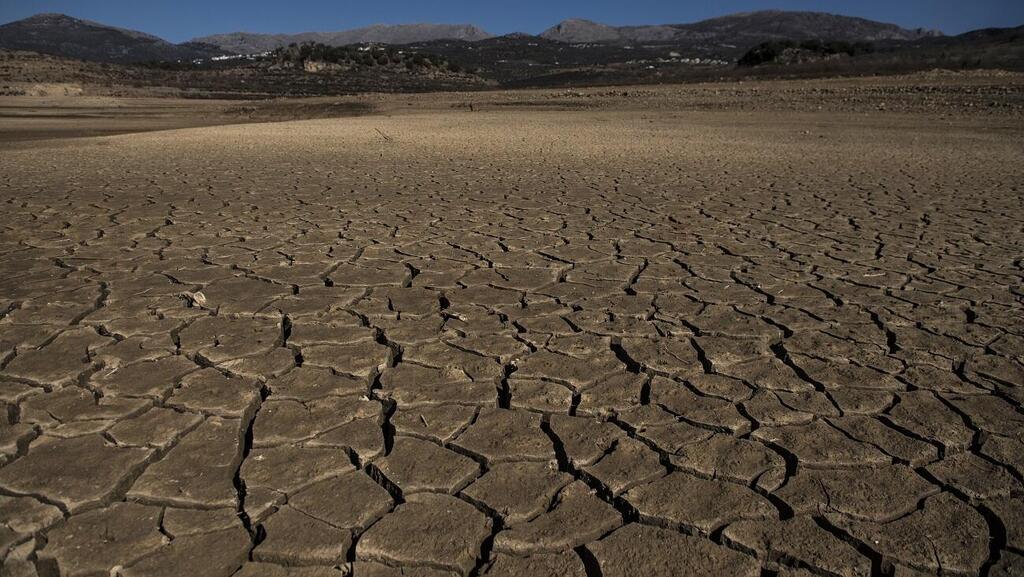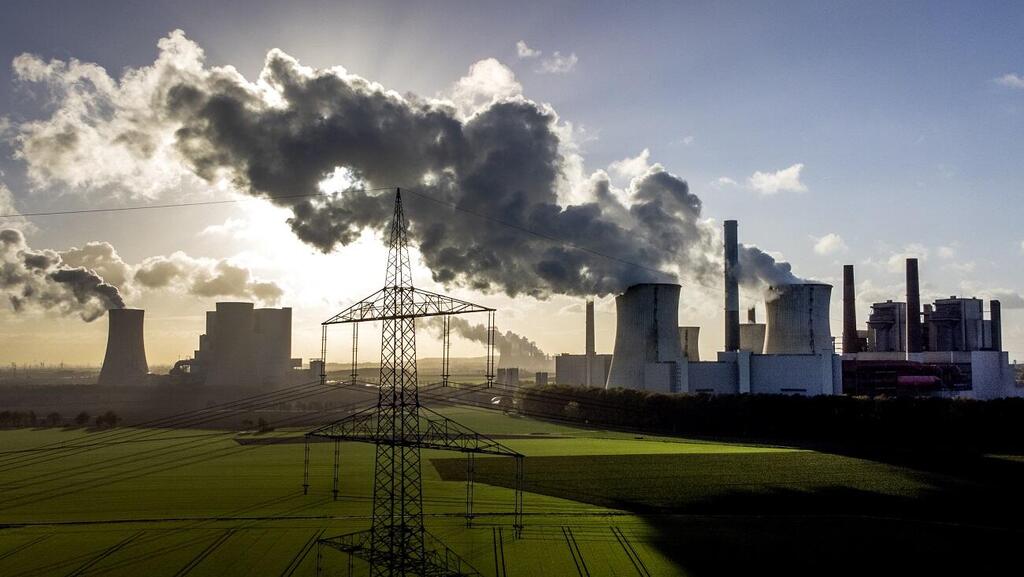The world’s current climate policy will leave more than a fifth of the global population exposed to hot temperatures and life-threatening conditions by 2100, a new study recently published in the Nature Sustainability journal claimed.
More Stories:
Despite the 2015 Paris Agreement, which aimed to prevent a scenario where the average global temperature would rise by 1.5 degrees Celsius compared to pre-industrial levels, the current policy is expected to lead to an average warming of 2.7 degrees Celsius by the end of the century.
The study, led by researchers from the University of Exeter, reveals that around 60 million people are already exposed to dangerous levels of heat in places with an average temperature of 29 degrees Celsius or higher, while an additional estimated 2 billion people are expected to become exposed to these dangers due to the ongoing rise in global temperature.
For comparison, just 40 years ago, only 12 million people worldwide were exposed to such extremes, a number that has significantly climbed over the years.
The study’s findings emphasize the enormous potential of ambitious climate policies to limit the cost of human lives in such an event.
In fact, limiting global warming to 1.5 degrees Celsius would leave 5% of the world's population (out of an estimated 9.5 billion people by the end of the century) exposed to life-threatening temperatures, compared to the 2.7-degree Celsius increase scenario, which would affect one-sixth of all humanity.
Additionally, in scenarios of catastrophic global warming, such as a temperature increase of 3.6 or even 4.4 degrees Celsius, half of the world's population will face existential threats.
"The costs of global warming are often expressed in financial terms, but our research emphasizes the human price of failing to address this emergency," said Prof. Tim Lenton, the University of Exeter’s Global Systems Institute director.
"For every 0.1-degree Celsius increase above current levels, approximately 140 million additional people will be exposed to dangerous temperatures. This uncovers both the magnitude of the problem and the importance of aggressive action to reduce carbon emissions,” he added.
“Limiting global warming to 1.5 degrees Celsius rather than 2.7 degrees Celsius would mean five times fewer people exposed to dangerous temperatures by 2100."
Professor Chi Xu from Nanjing University, who worked on the study, said that high temperatures can lead to increased mortality, decreased labor productivity, reduced cognitive performance, impaired learning, harm pregnancies, decreased crop yields, and increase the spread of infectious diseases.
While some cooler regions may become suitable for habitation due to global warming, the highest population growth is expected in areas at risk of dangerous temperatures, such as India, Nigeria, Indonesia, the Philippines, and Pakistan.
"This is a redesigning of habitable areas on Earth, which could lead to a large-scale reorganization of where people will be able to live in the future," Prof. Lenton explained.
In a scenario where the future global population will reach around 9.5 billion people by the end of the current century and the global temperature will rise by 2.7 degrees Celsius, India will have the largest population exposed to life-threatening temperatures with over 600 million inhabitants.
With a rise of 1.5 degrees Celsius by the end of the century, this number would be significantly lower, with around 90 million inhabitants. Nigeria will have the second-largest population exposed to life-threatening heat, with over 300 million inhabitants (reducing to 40 million inhabitants with a temperature rise of 1.5 degrees Celsius).
Moreover, with a rise of 2.7 degrees Celsius, almost 100% of certain countries, including Burkina Faso and Mali, will become dangerously hot to sustain human habitation.
The study’s team emphasized that the most severe scenarios can be avoided through rapid action to reduce greenhouse gas emissions.
"The impacts of dangerous heat levels on people in different regions of the world can be seen today, primarily in poor countries that have a low carbon footprint relative to their population,” said Wendy Broadgate, the Earth Commission Executive Director at Future Earth, a global research network committed to a more sustainable planet.
“Unfortunately, this is an ongoing process that will worsen over the years unless immediate and decisive actions are taken to reduce greenhouse gas emissions," she added.





